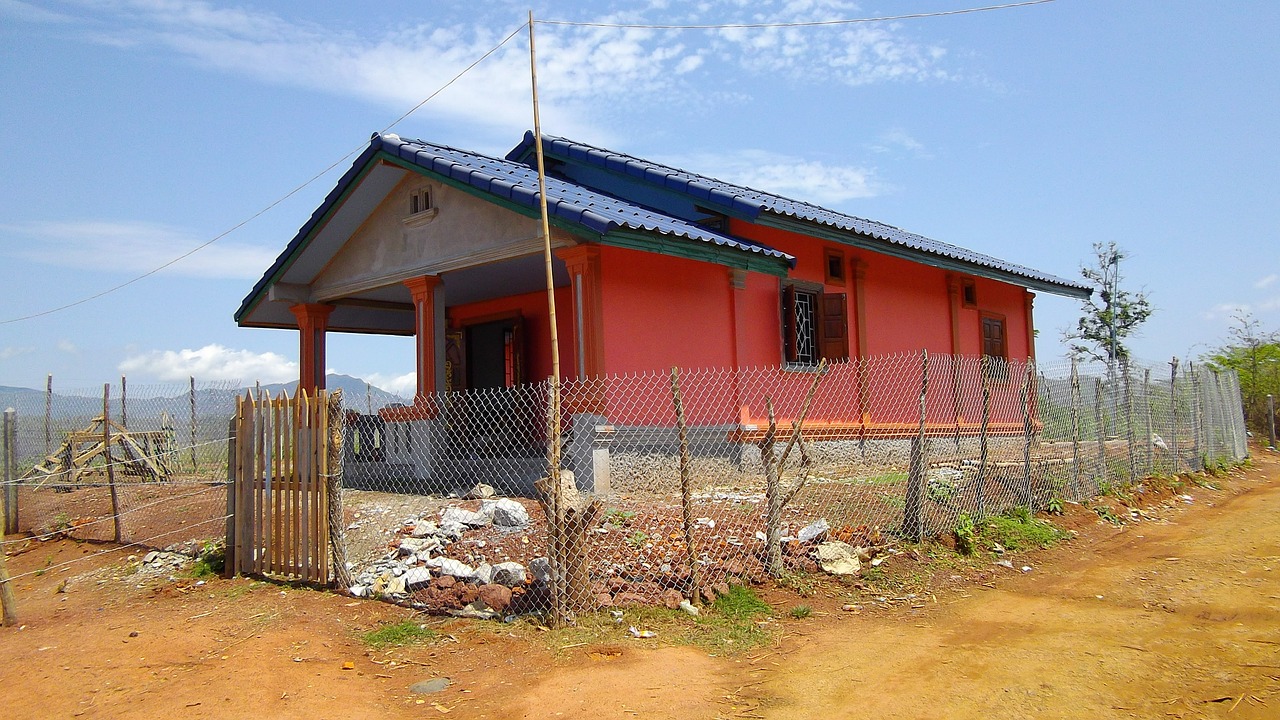Guest Editors: Justin Kadi, Christian Lennartz, Cody Hochstenbach
While homeownership has notably grown and spread during the second half of the 20th century in many countries, this trend has recently begun to reverse. Alongside rising house prices, tightening mortgage lending practices, and stagnating wages, homeownership rates have declined again in a number of countries, particularly since the onset of the GFC.
Much has been said on the restricted access and struggle of market newcomers to get on, and move up, the “property ladder” in the post-crisis context. This has been of particular concern in homeowner societies like Britain, the US, or Australia, where housing property wealth has gained prominence as an alternative form of social insurance for households in times of neo-liberal welfare austerity. Public debates in these countries have framed the emergence of ‘generation rent’, suggesting it particularly affects younger generations.
Much less focus has so far been on how the homeownership-to-private-renting shift in recent years has been paralleled by a notable rise in multiple property owners. There is emerging evidence in countries like Great Britain, the US, and Australia of owners purchasing secondary property or private rental housing to let on a significant scale. We thus see the number of owners with extra property growing, a trend occurring alongside the increasing number of people without any property. This signals a more complex restructuring of property relations and more unequal housing asset distribution in times of late homeownership than previously assumed. These changes ask for a deeper investigation of emerging ‘post-crisis housing regimes’.
The special issue sets out to explore the rise of multiple property ownership in an international perspective. We welcome both empirical and theoretical contributions from different contexts. We particularly (but not exclusively) encourage submissions on the following, or related, questions:
- What is the level and extent of multiple property ownership in different countries?
- Who is investing in for-rent properties and for what purpose?
- What are the underlying economic and political processes at work?
- What are the longer-term and structural implications for post-crisis housing regimes, as well as for policies of property or asset-based welfare?
- What are the political and economic consequences of the emerging divide between housing-haves (multiple property owners) and housing-have-nots (tenants)?
- What are the spatial dimensions to the increase in multiple property ownership, and how does this trend affect urban geographies (e.g. through changing investment flows and gentrification)?
Submit your abstract to Justin Kadi (Justin.Kadi@tuwien.ac.at) before February 1st 2018! Preliminary time plan: abstract submission by February 1st 2018, notification of selected abstracts by March 1st 2018, first draft due by June 1st.


